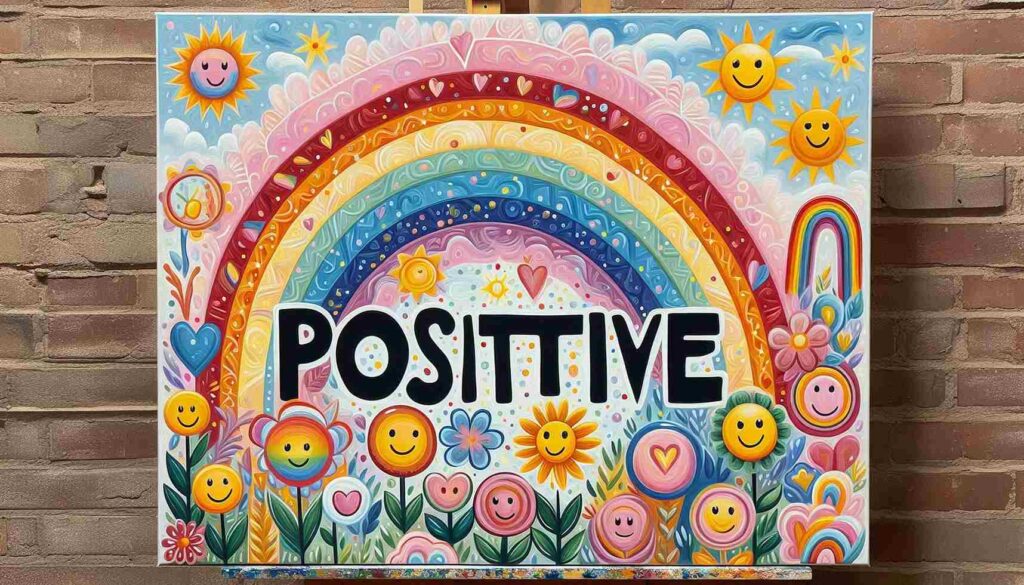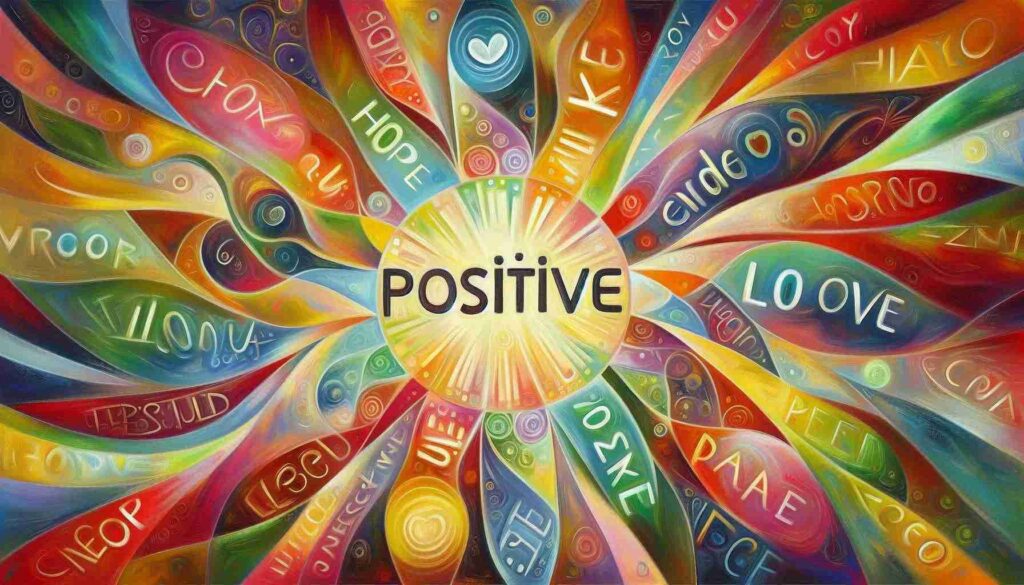The Impact of Social Media on Youth: A Double-Edged Sword
In today’s digital-first world, social media is not just a platform; it’s a culture that shapes how the youth think, communicate, and interact. From sharing selfies to raising awareness about global issues, the influence of social media is undeniable. But what does this mean for the mental, emotional, and social development of young people? This blog dives deep into the impact of social media on youth, exploring its advantages and pitfalls, and offers practical strategies for harnessing its power responsibly. Whether you’re a parent, educator, or young adult yourself, this guide provides actionable insights to navigate the social media landscape.
Table of Contents
The Positive Effects of Social Media on Youth
The Negative Effects of Social Media on Youth
How to Use Social Media Responsibly
Tools and Techniques for Healthy Social Media Habits
Final Thoughts and Call to Action

The Positive Impact of Social Media on Youth
1. Enhanced Connectivity and Learning
Social media bridges gaps, enabling youth to connect with peers and mentors worldwide. Platforms like YouTube and LinkedIn are treasure troves of educational resources. For instance:
- Skill-building opportunities: Online tutorials and courses.
- Awareness campaigns: Promoting social issues like climate change.
2. Platform for Self-Expression
Youth can share their opinions, talents, and passions. For example:
- Artists showcasing work on Instagram.
- Writers sharing blogs on platforms like Medium.
3. Career Opportunities
Professional networking sites like LinkedIn introduce job opportunities and mentorships. Youth can learn to build portfolios and showcase their expertise.

The Negative Impact of Social Media on Youth
1. Mental Health Challenges
Excessive screen time can lead to:
- Anxiety and depression: Due to comparison culture.
- Sleep deprivation: Scrolling late at night disrupts sleep cycles.
2. Reduced Attention Span
Constant notifications can hamper focus, making it harder to concentrate on studies or tasks.
3. Cyberbullying and Privacy Issues
Youth often face harassment online, leading to stress and reduced self-esteem.
4. Unrealistic Beauty Standards
Filters and photo editing apps create a false sense of beauty, impacting body image
How to Use Social Media Responsibly
1. Set Time Limits
Apps like Screen Time and Digital Wellbeing help monitor usage.
Screen time app download – here
Digital Wellbeing app download – here
2. Follow Positive Influencers
Encourage youth to follow accounts that inspire growth and positivity.
Follow these influencers
3. Engage in Offline Activities
Balance is key. Hobbies like reading, sports, or volunteering help reduce screen dependency.
Use this website to download free book pdf
Tools and Techniques for Healthy Social Media Habits
1. Tools for Monitoring Usage
- RescueTime: Tracks and reports social media activity. Click here
- Forest App: Encourages focus by growing virtual trees. Click here
2. Techniques to Build Discipline
- Practice mindful scrolling: Think before engaging with content.
- Use the Pomodoro Technique: Alternate between focused work and short breaks.
3. Parental Control Options
Parents can use apps like Qustodio to monitor and guide their child’s online activities.
Conclusion
Social media can be a powerful tool or a dangerous trap—it all depends on how it’s used. By understanding its effects and practicing healthy habits, youth can enjoy its benefits while minimizing risks.
What’s your take on this? Share your thoughts in the comments or join the conversation on our social media pages.
Ready to take control of your social media habits?
check out my new blog here


2 thoughts on “The Impact of Social Media on Youth: A Double-Edged Sword”